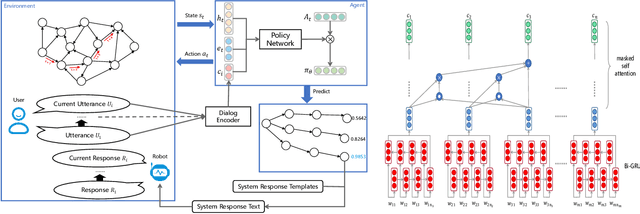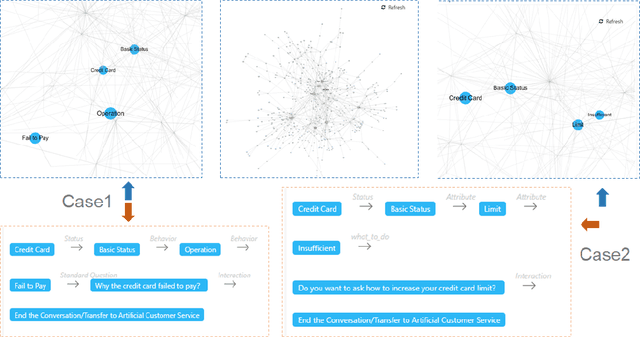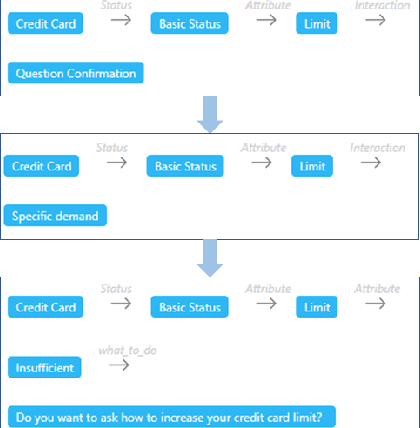Binxia Xu
Measuring Error Alignment for Decision-Making Systems
Sep 20, 2024Abstract:Given that AI systems are set to play a pivotal role in future decision-making processes, their trustworthiness and reliability are of critical concern. Due to their scale and complexity, modern AI systems resist direct interpretation, and alternative ways are needed to establish trust in those systems, and determine how well they align with human values. We argue that good measures of the information processing similarities between AI and humans, may be able to achieve these same ends. While Representational alignment (RA) approaches measure similarity between the internal states of two systems, the associated data can be expensive and difficult to collect for human systems. In contrast, Behavioural alignment (BA) comparisons are cheaper and easier, but questions remain as to their sensitivity and reliability. We propose two new behavioural alignment metrics misclassification agreement which measures the similarity between the errors of two systems on the same instances, and class-level error similarity which measures the similarity between the error distributions of two systems. We show that our metrics correlate well with RA metrics, and provide complementary information to another BA metric, within a range of domains, and set the scene for a new approach to value alignment.
IntentDial: An Intent Graph based Multi-Turn Dialogue System with Reasoning Path Visualization
Oct 18, 2023



Abstract:Intent detection and identification from multi-turn dialogue has become a widely explored technique in conversational agents, for example, voice assistants and intelligent customer services. The conventional approaches typically cast the intent mining process as a classification task. Although neural classifiers have proven adept at such classification tasks, the issue of neural network models often impedes their practical deployment in real-world settings. We present a novel graph-based multi-turn dialogue system called , which identifies a user's intent by identifying intent elements and a standard query from a dynamically constructed and extensible intent graph using reinforcement learning. In addition, we provide visualization components to monitor the immediate reasoning path for each turn of a dialogue, which greatly facilitates further improvement of the system.
 Add to Chrome
Add to Chrome Add to Firefox
Add to Firefox Add to Edge
Add to Edge